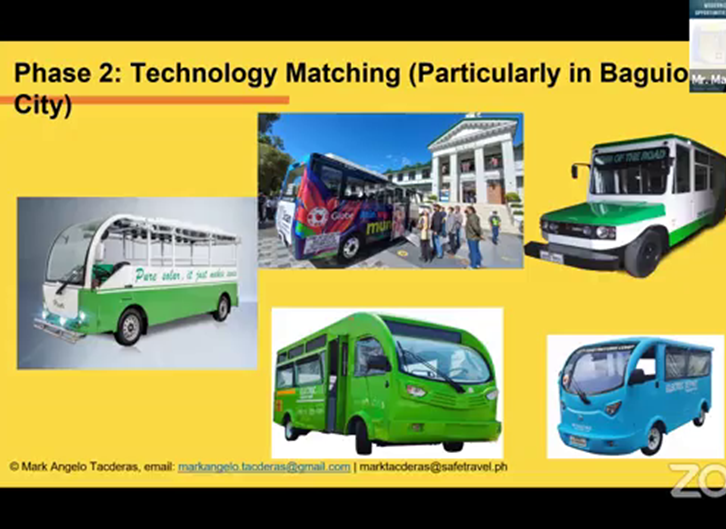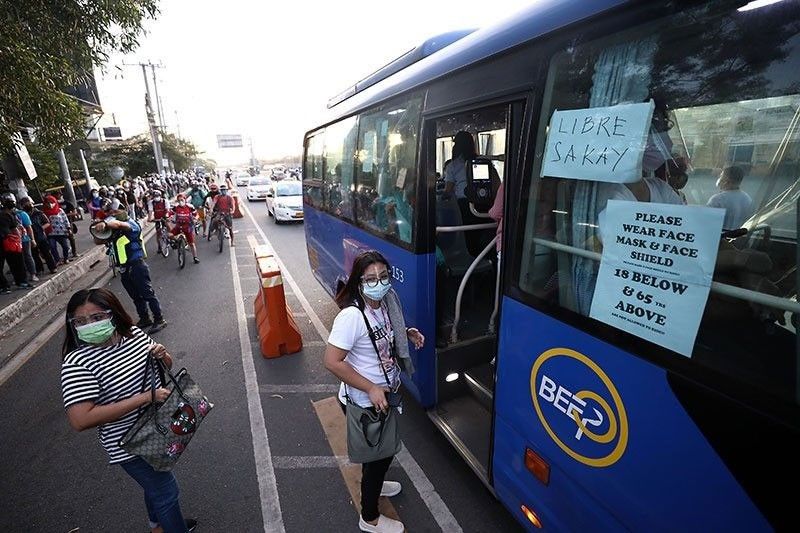Discovering the Influence and Performance of Transit Marketing in Urban Marketing Methods
Transportation advertising has ended up being a significant part of urban advertising and marketing strategies, profiting from the distinct characteristics of public transport atmospheres. Its capability to reach a wide and varied target market presents brands with a chance to create significant connections with constant visibility. However, with the rapid evolution of modern technology and changing customer behaviors, the landscape of transit advertising is going through noteworthy adjustments that merit closer assessment. What ramifications do these fads hold for online marketers seeking to harness the complete capacity of this medium?
The Surge of Transportation Marketing
As metropolitan populations proceed to swell, the need for ingenious advertising options has actually caused the rise of transportation advertising and marketing as an essential element of urban advertising and marketing methods. This type of advertising and marketing leverages mass transit systems-- such as buses, trains, and subways-- to get to a diverse audience in largely populated locations. The efficiency of transportation advertising and marketing depends on its capacity to involve customers during their everyday commutes, a commonly forgotten yet essential time for brand name messaging.
With cities coming to be progressively congested, typical marketing areas are coming to be limited and much less effective. Transportation marketing supplies a vibrant option, allowing brands to display their messages in high-traffic areas where possible clients are consistently exposed to the ads. In addition, as city citizens increasingly count on public transport, the significance and visibility of transit marketing have grown dramatically.
Additionally, technological innovations have actually improved the class of transit advertising, permitting electronic displays and interactive campaigns that can capture customer focus better than fixed advertisements. Therefore, transportation advertising and marketing is not just an economical choice but likewise an essential strategy for brands looking for to get in touch with metropolitan customers in an impactful and memorable fashion.
Key Benefits of Transit Marketing
The efficiency of transit marketing is highlighted by its diverse advantages, making it an invaluable tool for city online marketers. One of the primary advantages is its extensive reach; transit systems offer numerous guests daily, enabling brands to get in touch with a diverse target market in high-traffic settings. This exposure improves brand awareness, making sure that advertisements are seen consistently by commuters.

Furthermore, transit advertising and marketing is affordable contrasted to other media, supplying a reduced price per impression while maintaining high exposure. The flexibility of ad styles, from bus wraps to digital displays, permits impactful and innovative projects that can adapt to changing market needs.
Customer Actions Insights
A substantial part of customer actions is affected by the prevalent nature of transit marketing in city environments. This type of marketing catches the focus of diverse demographics, involving customers throughout their day-to-day commutes.
Research indicates that transportation marketing can evoke image source psychological actions, leading to increased brand name fondness. Customers frequently connect the experience of commuting with certain brands, developing a long-term impact that affects investing in choices. Moreover, the regularity of direct exposure to transportation ads fosters familiarity, which is an essential consider customer count on and loyalty.

Additionally, the common element of mass transit contributes to this sensation; as people share spaces, they are most likely to review and advise brands they experience. Thus, transportation marketing not only reaches customers however also promotes social communications that reinforce brand messaging. Recognizing these behavior insights enables marketing professionals to tailor their strategies properly, making certain that their campaigns reverberate with target audiences in the city landscape.
Instance Research Studies and Success Stories
Effective application of transit marketing approaches is exhibited through different study that highlight its performance in metropolitan advertising. One noteworthy example is the cooperation between a preferred beverage firm and a major city's public transportation system. The campaign used bus wraps and indoor posters, resulting in a 30% boost in brand name recognition and a 15% surge in sales within the target demographic over three months.
An additional effective case involved a neighborhood dining establishment chain that employed train terminal advertising to draw in travelers. By producing visually striking advertisements that supplied timed promotions, the restaurant experienced an uptick in foot website traffic, with an excellent 25% increase in lunch hour customers.
In addition, a city's tourism board introduced a transportation project showcasing local tourist attractions via bus quit displays and train advertisements. The campaign caused a considerable increase in visitor sees, as reported by a 40% rise in inquiries at visitor centers.
These study emphasize the adaptability and potential of transit marketing to involve city audiences successfully, showing that strategic positionings can produce substantial rois and improve brand visibility in busy urban settings. - Transit Advertising Philippines
Future Patterns in Transit Marketing
As metropolitan landscapes continue to evolve, so also does the realm content of transit advertising and marketing, which is positioned to welcome ingenious technologies and approaches. One considerable trend is the integration of electronic advertising and marketing screens right into public transit systems.
An additional arising trend is the use of increased truth (AR) and digital truth (VIRTUAL REALITY) experiences within transportation advertising. These immersive modern technologies can mesmerize travelers, transforming ordinary journeys right into interactive brand experiences. In addition, sustainability is ending up being increasingly crucial; environment-friendly advertising materials and methods are likely to obtain grip, mirroring the growing customer need for corporate social obligation.
Last but not least, the increase of mobile connection will assist in greater assimilation in between transit advertising and marketing and individual devices. Marketers can create seamless cross-channel experiences, enabling immediate interaction and interaction with potential clients. Collectively, these trends suggest a transformative future for transportation advertising, providing new methods for brands to get in touch with city target markets.
Conclusion
Transit marketing has actually established itself as a considerable element of city advertising and marketing strategies, demonstrating considerable performance via boosted brand name visibility and consumer engagement. The capacity to adjust messages to specific demographics, coupled with the innovative use of innovation, settings transit advertising as a driving pressure in contemporary advertising (Transit Advertising Philippines). As city atmospheres remain to develop, the future of transportation advertising and marketing assures more advancements, ensuring its significance and effect fit consumer perceptions and behaviors in urban landscapes
As urban populations proceed to swell, the need for cutting-edge marketing options has led to the rise of transit advertising as a critical component of city advertising and marketing methods.A considerable portion of customer habits is influenced by the pervasive nature of transportation marketing in metropolitan atmospheres. Collectively, these fads suggest a transformative future for transit advertising and marketing, supplying brand-new opportunities for brands to attach with metropolitan audiences.
Transportation advertising has developed itself as a considerable component of city advertising strategies, showing substantial performance with enhanced brand name visibility and customer resource engagement. As city environments proceed to evolve, the future of transit advertising and marketing guarantees further advancements, guaranteeing its relevance and effect in shaping consumer assumptions and habits in urban landscapes.
Comments on “Make Best Use Of Direct Exposure with Transit Advertising Philippines”